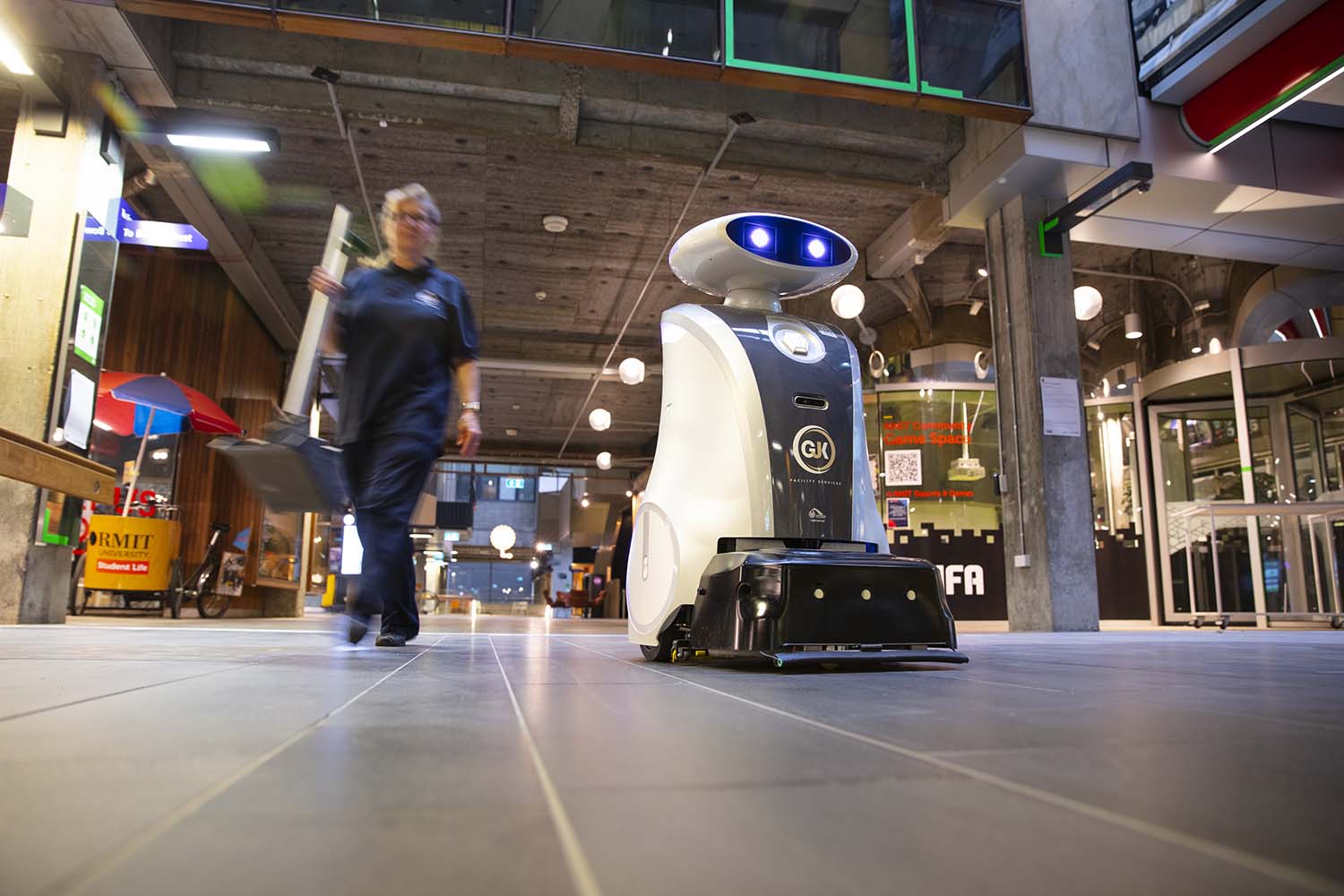Fourteen Ways to Adopt a Data Driven Approach to Commercial Cleaning
The integration of data-driven approaches has become pivotal in the realm of commercial cleaning. By using data, organisations are able to make informed decisions, enhance efficiency, and elevate the overall quality of cleaning services. This article talks about the ways of adopting a data-driven approach to commercial facility cleaning. We shall also explore the ways to use the power of data for optimal cleaning outcomes.
Ways to incorporate data driven approach in commercial cleaning
Performance Metrics and Key Performance Indicators (KPIs)
Implementing a data-driven approach begins with defining and tracking key performance metrics and KPIs relevant to the commercial cleaning company. These could include the frequency of cleaning tasks, response times to service requests, and the accuracy of cleaning outcomes. By establishing clear metrics, organisations gain insights into their cleaning operations, allowing for targeted improvements based on measurable data.
IoT Sensors and Smart Technologies:
The Internet of Things (IoT) has changed the commercial cleaning landscape through the integration of smart sensors and technologies. These devices can be placed to monitor foot traffic, occupancy levels, and even assess the cleanliness of spaces in real-time. Data collected from IoT sensors enables an effective approach to cleaning. This ensures timely attention while optimising resource allocation.
Resource Optimisation:
Predictive analytics plays a crucial role in optimising resource allocation for commercial cleaning. By analysing historical data, organisations can predict peak cleaning times, anticipate equipment maintenance needs, and optimise staffing levels. This approach enhances efficiency, reduces downtime, and ensures that cleaning resources are deployed when and where they are needed.
Quality assurance through audits and inspections:
Data-driven approaches enable organisations to conduct comprehensive audits and inspections of cleaning services. Implementing a system for regular inspections, accompanied by data capture, ensures that cleaning standards are consistently met. Data collected during inspections can reveal patterns, identify areas for improvement, and support continuous feedback for enhanced service quality.
Makes way for continuous improvement:
Gathering feedback from clients, occupants, and cleaning staff provides valuable insights into the efficacy of cleaning processes. This feedback loop ensures that adjustments can be made in real-time, leading to an adaptive cleaning strategy.
Customised Cleaning Schedules:
Data-driven insights allow for the customisation of cleaning schedules based on the unique needs of each commercial space. Factors such as occupancy patterns, usage intensity, and specific cleanliness requirements can be analyzed to create tailored cleaning schedules.
Employee Training and Skill Enhancement:
Data-driven approaches extend to the training and skill enhancement of cleaning staff. This targeted approach not only enhances the proficiency of cleaning staff but also contributes to a more skilled and adaptable workforce capable of delivering exceptional cleaning services.
Budget Optimisation:
Analyse the data to conduct cost-benefit analyses of cleaning processes. By understanding the relationship between cleaning investments and outcomes, organisations can optimise their budgets. This involves identifying cost-effective solutions, allocating resources efficiently, and ensuring that cleaning services align with financial objectives.
Health and Safety Compliance:
In the post-pandemic era, health and safety compliance have become paramount concerns for businesses and organisations. A data-driven approach facilitates the monitoring and enforcement of cleaning protocols aligned with health guidelines. Regular data analysis ensures that cleaning practices not only meet but exceed health and safety standards, fostering an environment that prioritizes the well-being of occupants.
Environmental impact assessment:
Beyond health considerations, the environmental impact of cleaning practices is also important. Implementing a data-driven approach allows organisations to assess the ecological footprint of their cleaning processes. This allows them to make informed decisions to adopt environmentally friendly practices, contributing to sustainability goals.
Utilising Artificial Intelligence (AI):
AI algorithms can analyze vast data sets to identify patterns, predict future cleaning requirements, and optimise processes autonomously. From predictive maintenance of cleaning equipment to optimising cleaning routes, AI contributes to a more intelligent and efficient cleaning strategy.
Benchmarking against industry standards:
By evaluating key metrics against industry benchmarks, organisations can identify areas of excellence and opportunities for improvement. This perspective enhances the overall quality of commercial cleaning services.
Remote Monitoring and Management:
Organisations can use technology to remotely monitor cleaning activities, access real-time data, and make informed decisions without physical presence. This not only enhances operational efficiency but also ensures that cleaning services remain uninterrupted.
Employee Satisfaction and Retention:
Considering the vital role cleaning staff plays in maintaining facility hygiene, a data-driven approach extends to improving employee satisfaction and retention. Analysing data related to employee performance, workload, and job satisfaction allows organisations to create a conducive work environment. Satisfied and motivated cleaning staff contributes significantly to the overall success of cleaning operations.
The integration of data-driven practices not only enhances the precision and efficiency of cleaning operations but also contributes to a more sustainable and adaptive cleaning strategy. By leveraging performance metrics, IoT technologies, predictive analytics, and continuous improvement, organizations can improve the quality of their cleaning services and create an environment that prioritise cleanliness, health, and overall well-being.




Post Comment